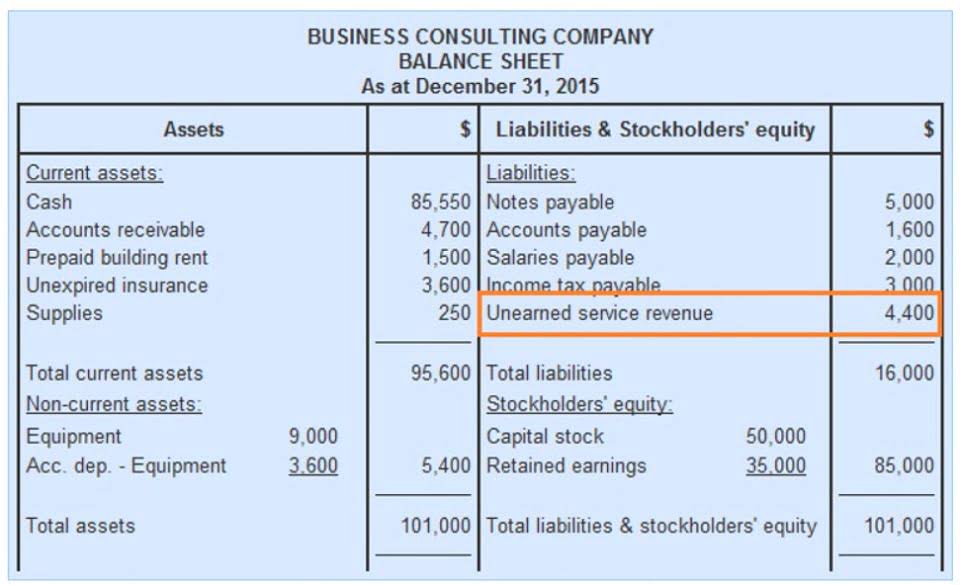
There is no need to describe the result as an “estimate,” as some websites do. This calculator is precise and suitable for use in arranging a legal settlement imposed by https://worth-dev.epicea.tech/best-payroll-software-for-accountants-in-2025/ a court, or for any other business or investment purpose. The key to understanding the PV calculation is that there is no single “correct” present value. There is only an “accurate” present value based on the assumptions used. Calculates the current value of a future stream of payments or investments.
Calculation #18
This means that any interest earned is reinvested and itself will earn interest at HOA Accounting the same rate as the principal. In other words, you “earn interest on interest.” The compounding of interest can be very significant when the interest rate and/or the number of years is sizeable. The compounding here can be annually, semi-annually, quarterly, monthly, weekly, daily, or even continuously.
Use of present value of $1 table:
Payments on mortgage loans usually require monthly payments of principal and interest. Except for minor differences due to rounding, answers to equations below will be the same whether they are computed using present value of a single amount a financial calculator, computer software, PV tables, or the formulas. The tables below show the number of periods (n) and the related interest rate (i) for four different compounding assumptions. The letter “n” refers to the length of time (in this case, two years). The letter “i” refers to the percentage interest rate used to discount the future amount (in this case, 10%). Both (n) and (i) are stated within the context of time (e.g., two years at a 10% annual interest rate).
Problem 10: Present value discounted monthly
Calculating the present value (PV) of a single amount is a matter of combining all of the different parts we have already discussed. But first, you must determine whether the type of interest is simple or compound interest. If the interest is simple interest, you plug the numbers into the simple interest formula. In compound interest, the interest in one period is also paid on all interest accrued in previous periods. Therefore, there is an exponential relationship between PV and FV, which is reflected in (1+i)n .

It is also a good tool for choosing among potential investments, especially if they are expected to pay off at different times in the future. Present value is important because it allows an investor or a business executive to judge whether some future outcome will be worth making the investment today. In the present value formula shown above, we’re assuming that you know the future value and are solving for present value. The balance sheet reports the assets, liabilities, and owner’s (stockholders’) equity at a specific point in time, such as December 31.
What is a Present Value of 1 Table?
Again, the sum of the answers to these two equations will be the future value on December 31, 2027. Sheila invests a single amount of $300 today in an account that will pay her 8% per year compounded quarterly. You could be questioning how we can assess the present value of perpetuities if the payouts are indefinite.
- For both forms of interest, the number of periods varies jointly with FV and inversely with PV.
- In other words, you can use this calculator as a reverse compound interest calculator.
- Present value of a future single sum of money is the value that is obtained when the future value is discounted at a specific given rate of interest.
- The difference the type brings to the valuation of the annuity is that with annuity-due, each payment is compounded for one extra period.
- There is no single “correct” answer, but you should use a realistic number based on your own investment history.
- In this section we will demonstrate how to find the present value of a single future cash amount, such as a receipt or a payment.
- For example, if you have $1,000 today, then one year from today it will be worth $1,000 plus the return on investment.
All and all, the difference from a time value of money perspective between single and multiple period investments is relatively straightforward. Assume you invest $100 today and intend to keep it invested for 6 years. You are told that at the end of the 6th year, the future value of your account will be $161. Assuming that the interest is compounded quarterly, compute the annual interest rate you are earning on this investment.
- (Note that, once again, the value returned from the PV function is negative, representing an outgoing payment).
- Hence the investment is earning an interest rate of 8% per year compounded quarterly.
- An annuity with an indefinite number of payment periods is a perpetuity.
- The longer the period and the higher the rate, the more powerful compounding becomes.
Investors would prefer to have the money today because then they are able to spend it, save it, or invest it right now instead of having to wait to be able to use it. A perpetuity is an annuity in which the constant periodic payments continue indefinitely. The future value of multiple amounts is determined by calculating, and then adding together, the future value for each single amount. This article walks through how to calculate both the present value and the future value of a single amount, and why these tools are foundational for financial modeling…


Using this table, the company can calculate exactly what the $100,000 will grow to using the three variables of principal ($100,000), time (five years), and rate (4 percent). The number of periods corresponds to the number of times the interest is accrued. In the case of simple interest the number of periods, t, is multiplied by their interest rate.

This calculator allows the user to enter a PV date (Today’s Date) and an FV date. For illustration, most people would prefer to receive $10,000 today instead of waiting one year. If it is compound interest, you can rearrange the compound interest formula to calculate the present value.
